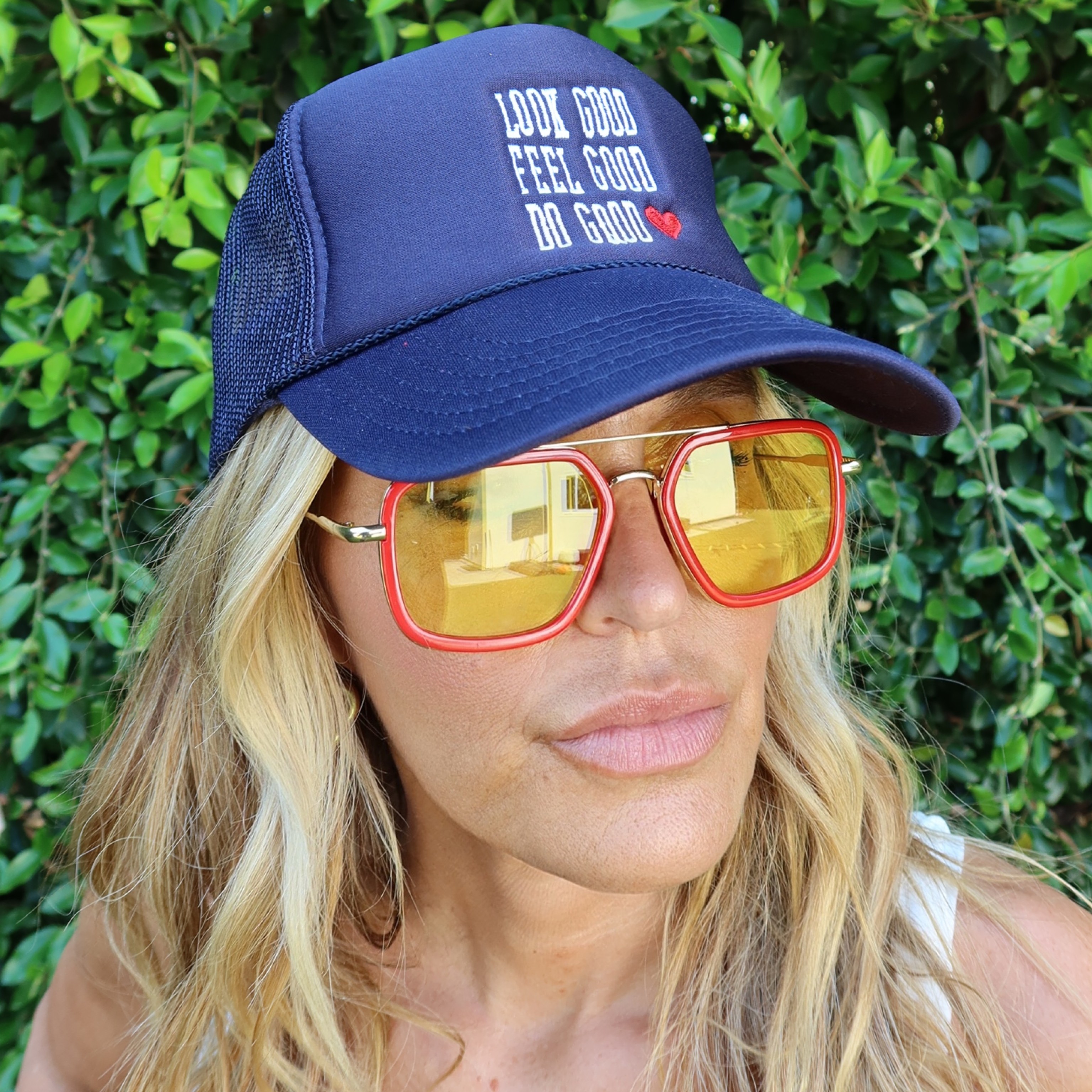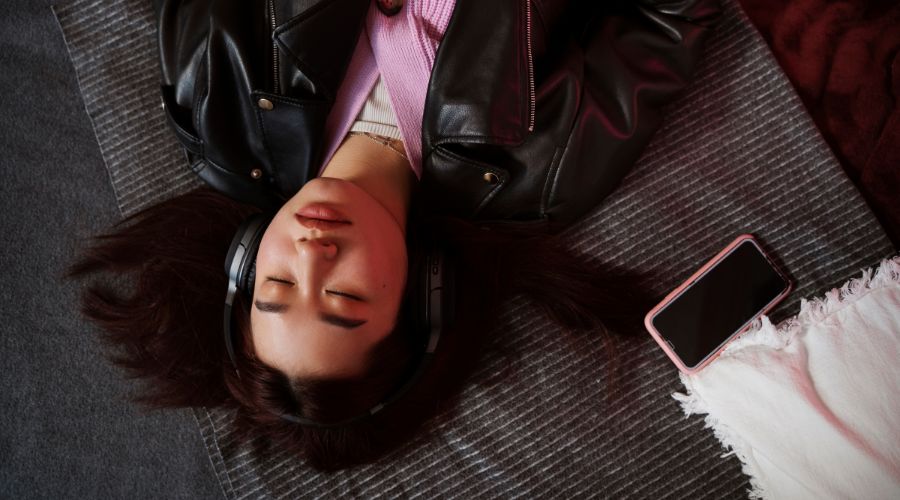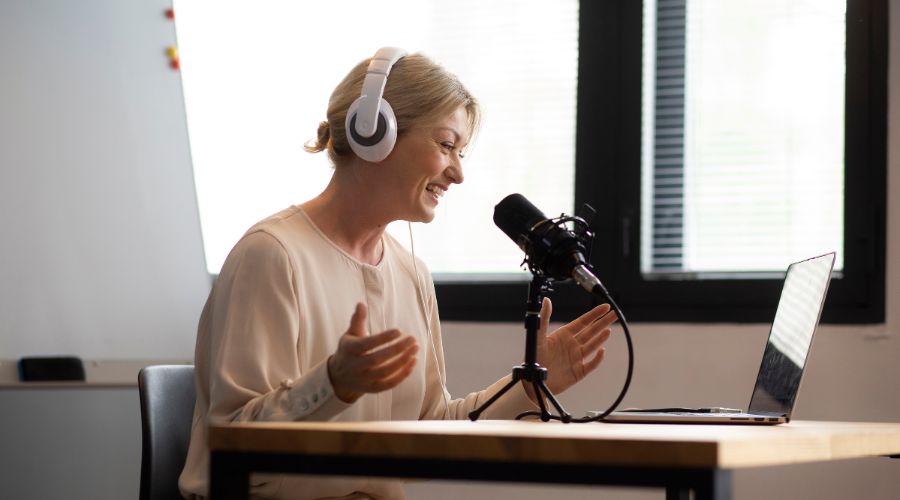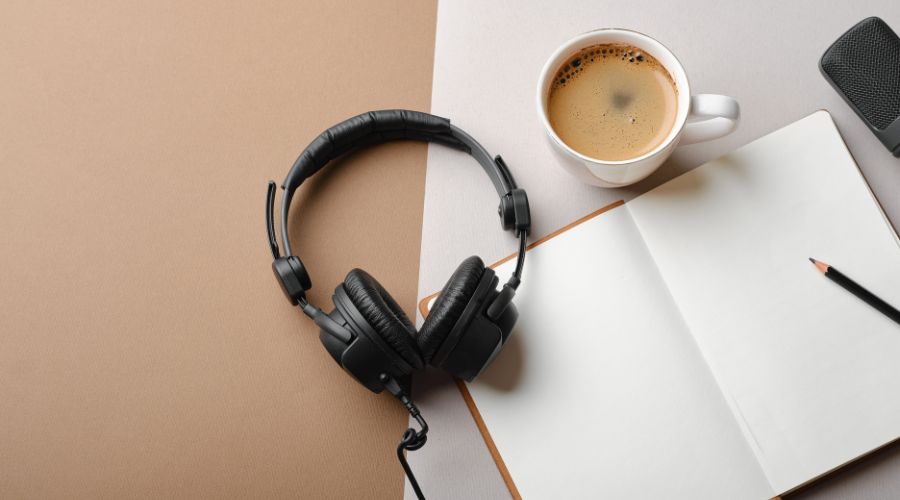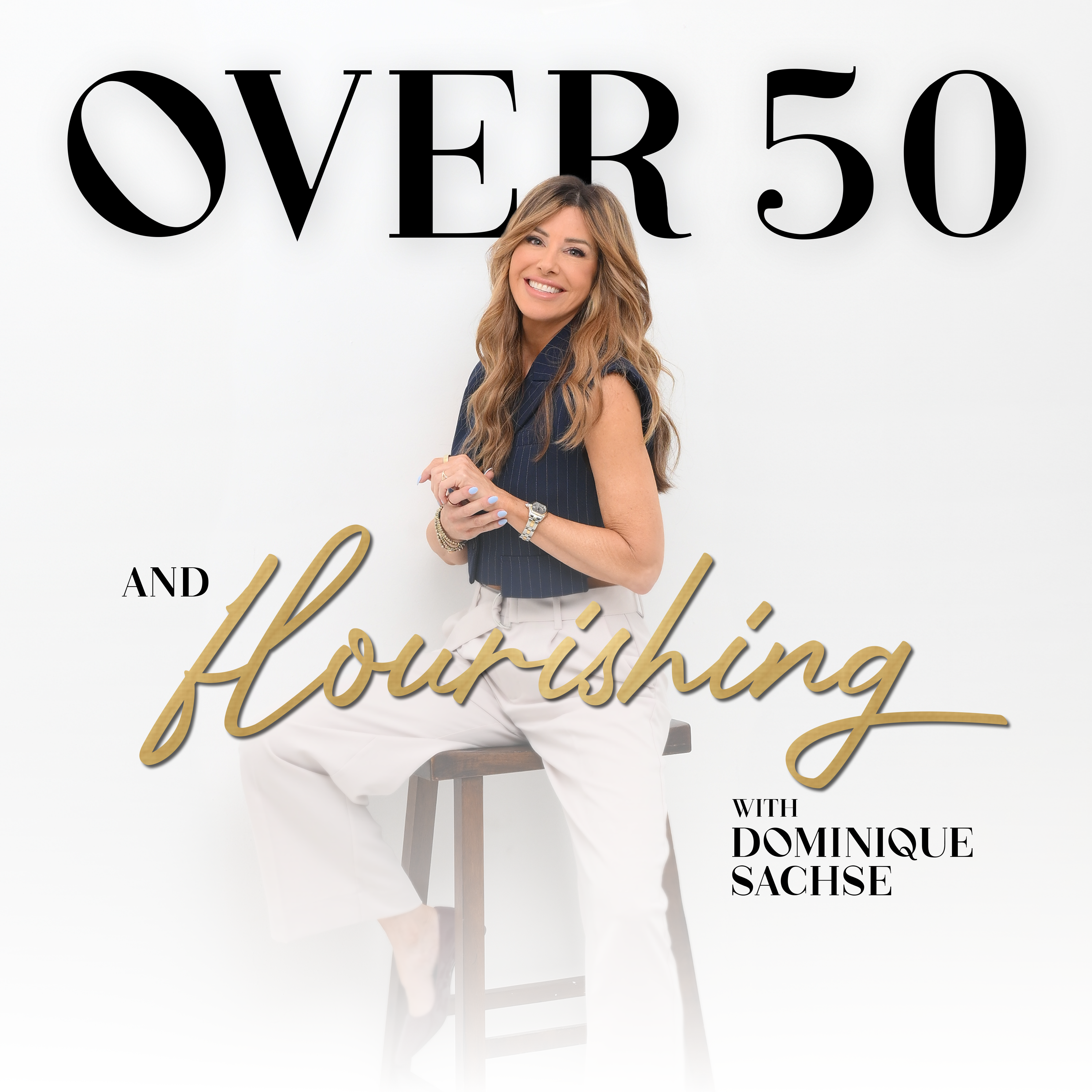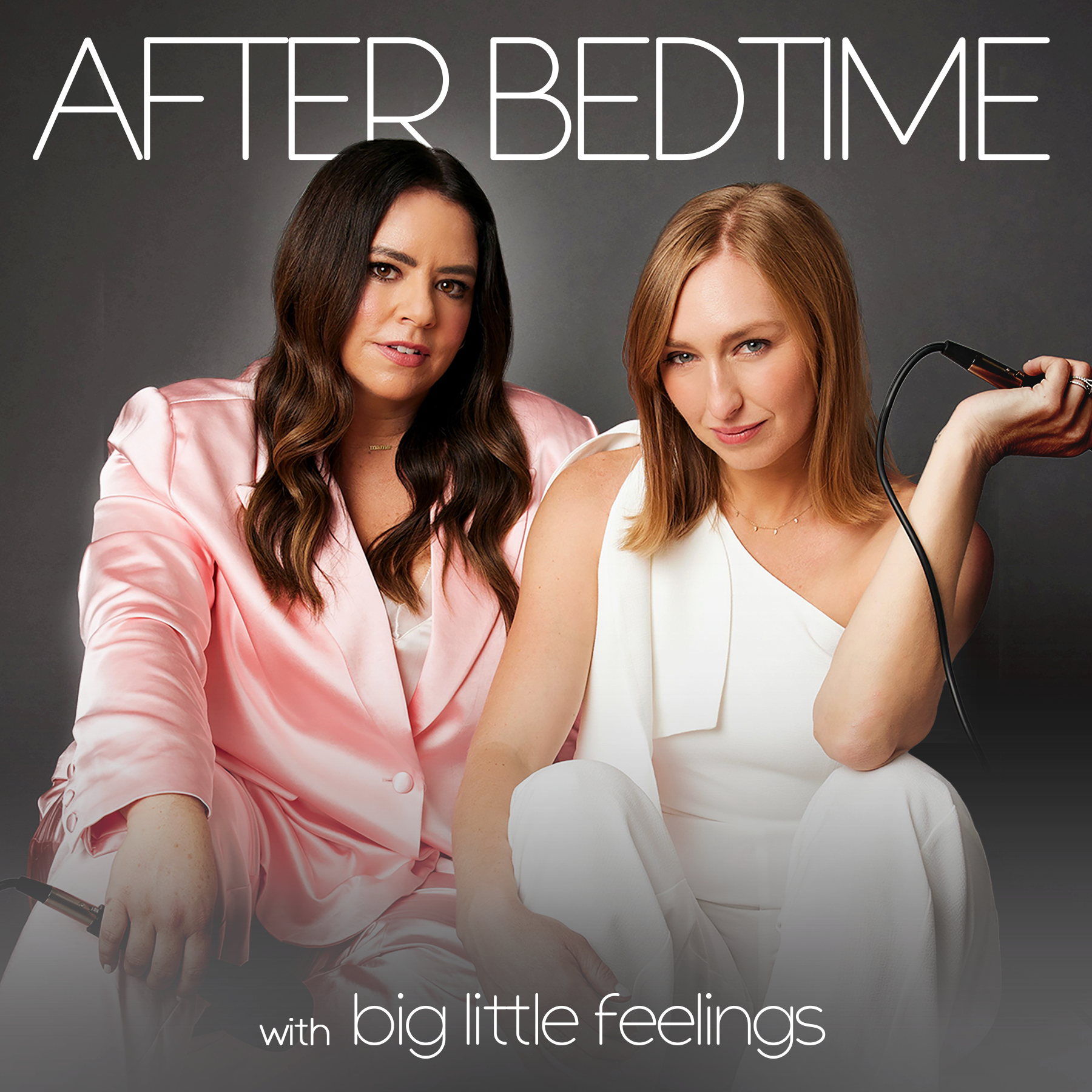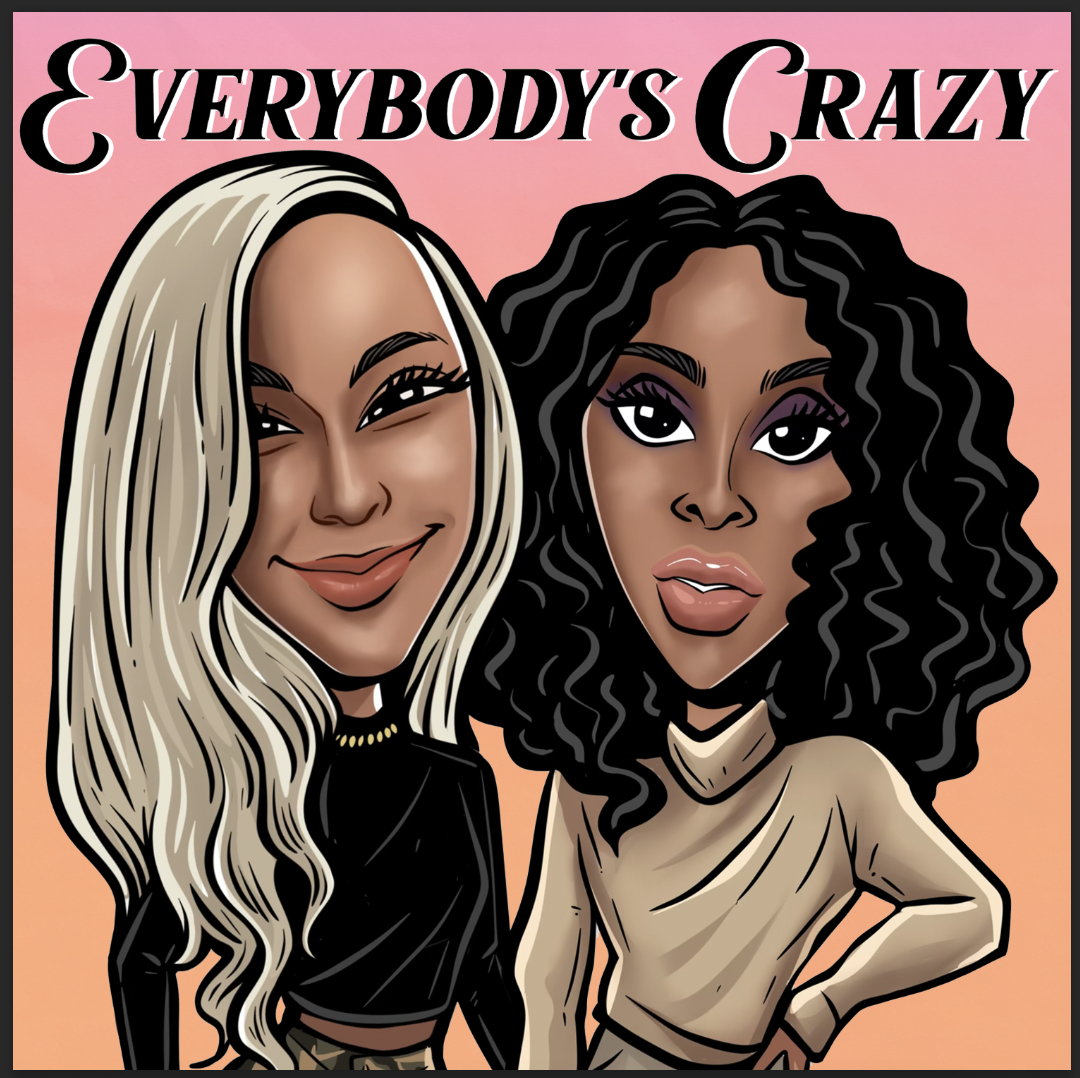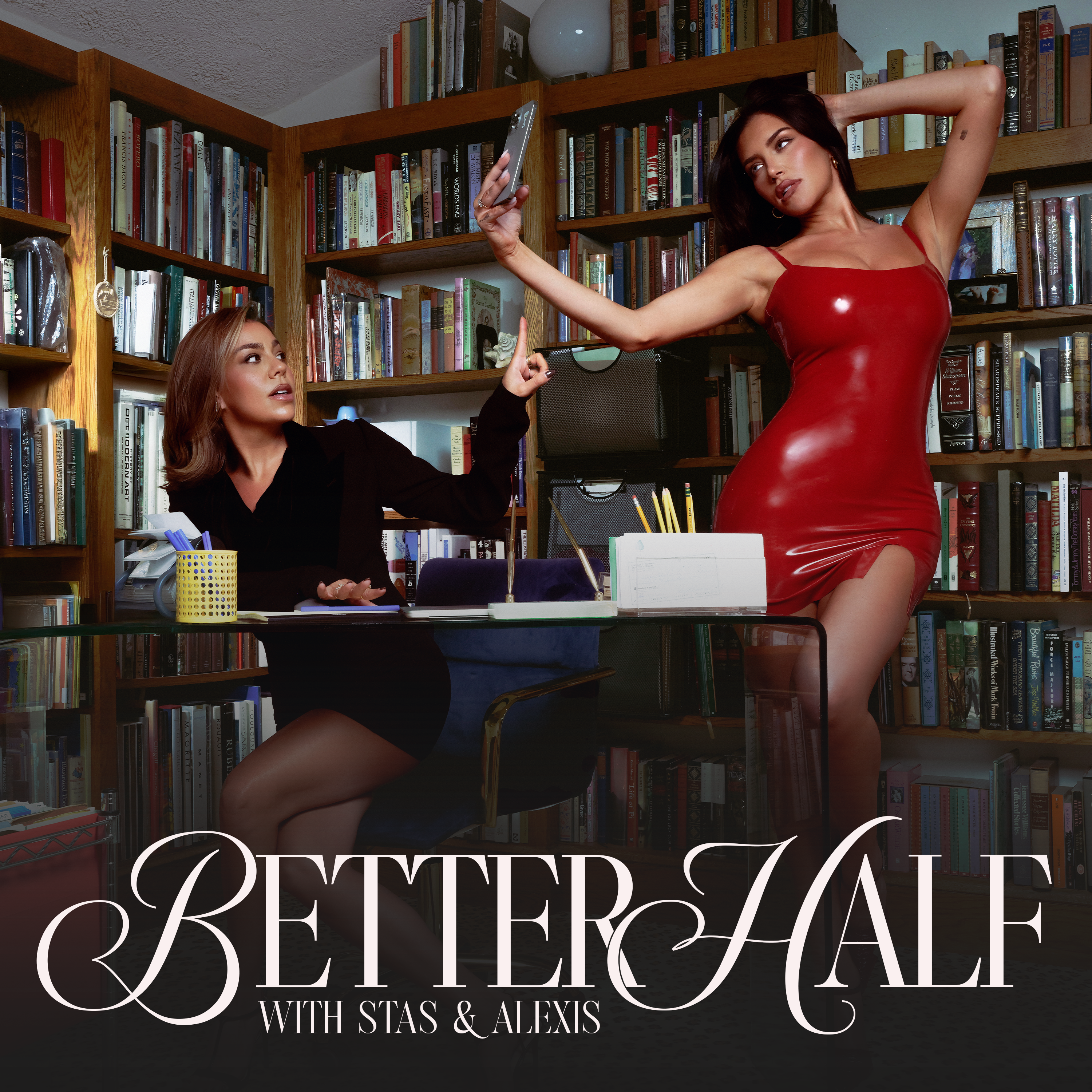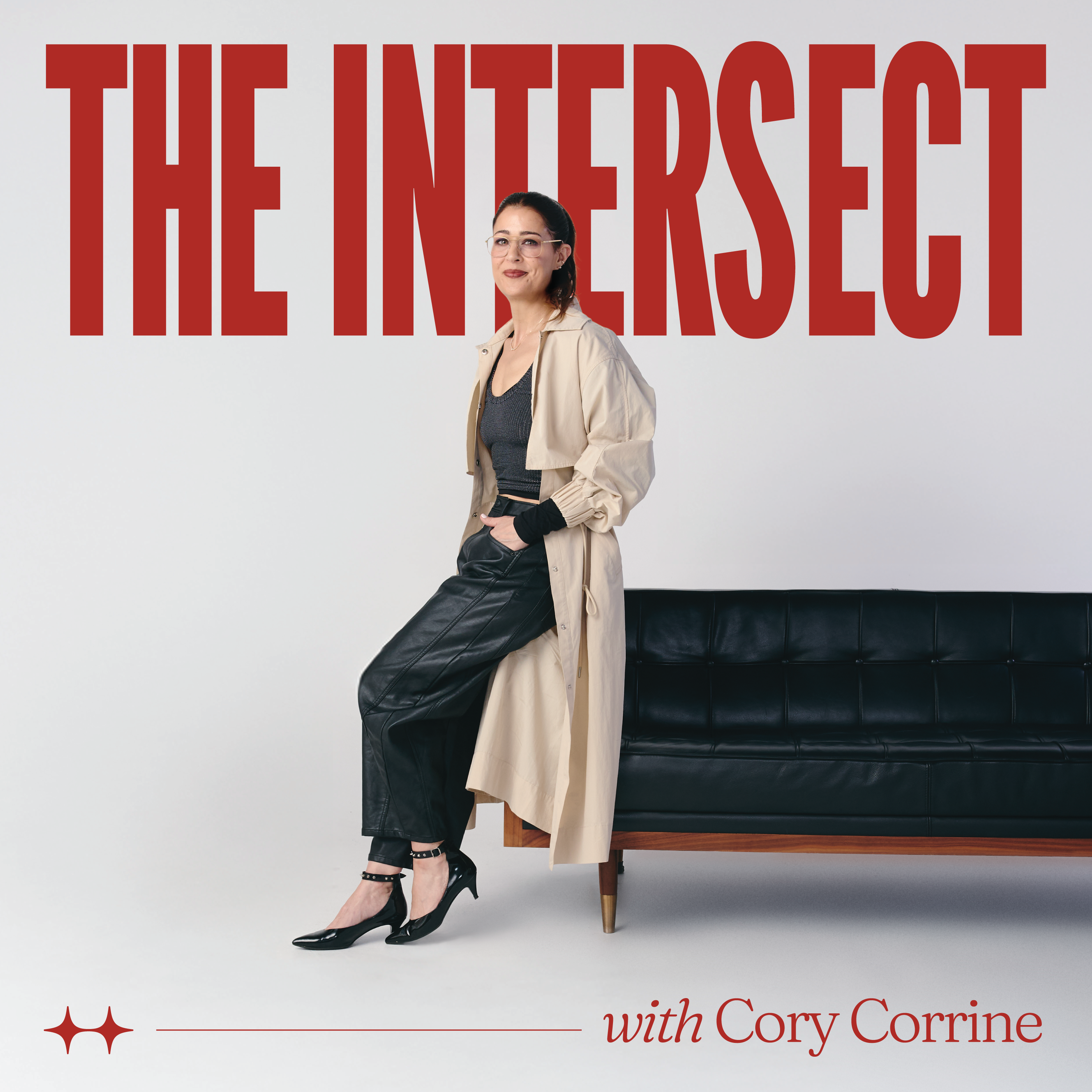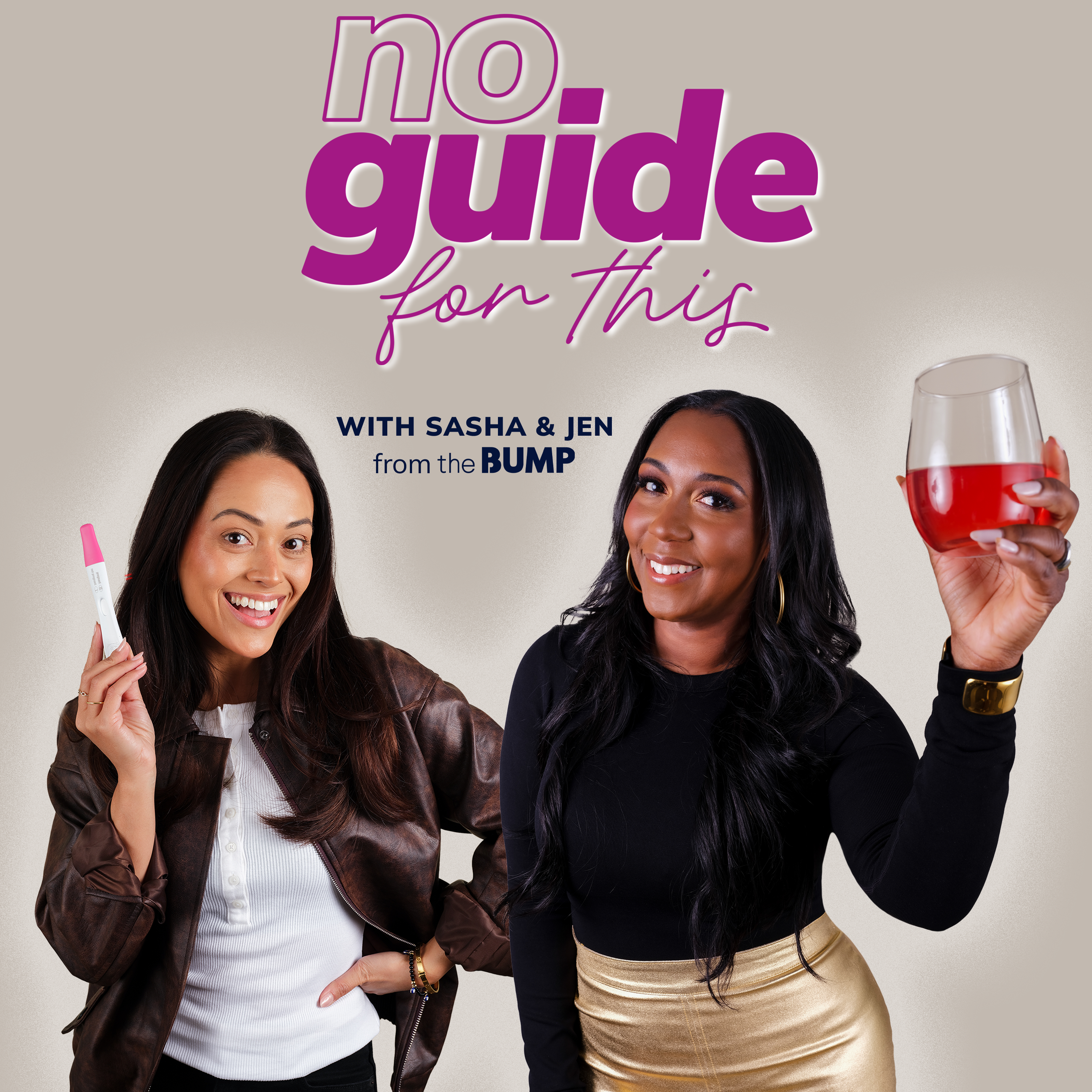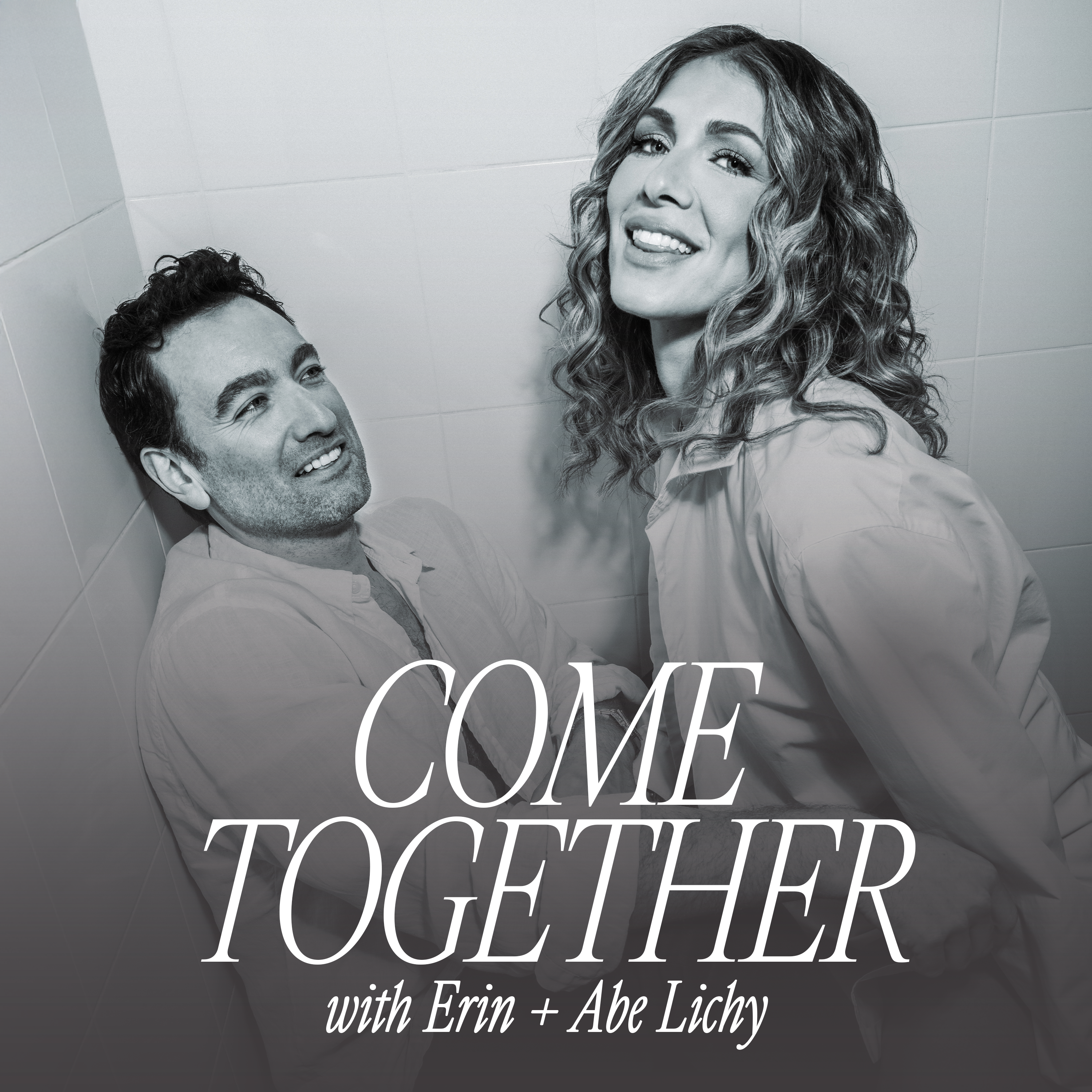How To Setup A Podcast Studio
Are you exploding with ideas and ready to get your voice out there? You might be thinking, what do you need to start a podcast? Well, a place to record is definitely at the top of that list. So today,
Let’s talk how to set up an awesome podcast studio. The studio – whether it’s a dedicated space in your home or somewhere else – is where all magic happens. So let’s make sure it’s perfect! And despite what you might hear, you don’t need a bunch of fancy podcast equipment to start producing a high-quality podcast.
First things first – don’t be afraid to get your voice out there! Podcasting has become insanely popular. Honestly you might be surprised to see just how many people want to hear what you have to say. If you’re just starting out, be sure to also check out the best podcast tips for beginners. A few key tips on how to get started combined with some guidance on what equipment to invest in, and you’ll be ready to rock and roll. Check out the tips and recommendations we’ve put together for you below to see just how easy it might be to set up your own home podcast studio!
How To Setup A Podcast Studio
Choose the Right Space:
Choosing the right space to set up your recording studio will definitely pay off in the long run. Of course, you’ll want the space to be a safe, comfortable, and open place to express your ideas and your voice. And at the same time, you’ll want to ensure that the space will provide you with good audio quality. Yes, you can create a podcast anywhere but having quality audio for your listeners will make a huge difference in the success of your podcast.
Here are some tips to keep in mind when you’re choosing the space for your podcast studio setup. You’ll want to choose a room in your home, or anywhere, that is protected from outside noise. Home studios need to be free from background noises from something like traffic that can negatively affect your sound quality. You’ll also want to be sure that the room you choose has lots of soft surfaces all around to prevent reverb, or echoes, on your audio (this will save you so much time editing later).
And if you don’t have a space in your home, you can always rent a studio by the hour. This option is a little pricier, but worth it if you’re ready to start recording without the hassle of setting up your own space!
Invest in Soundproofing:
Soundproofing can help ensure that your audio comes out great and gets picked up clearly during recordings. Depending on your situation, there are a couple of ways you can invest in soundproofing. For our do-it-yourself people, especially if your recording studio is in your home, you can cover those harsher surfaces with blankets and pillows. For those that are ready to take their soundproofing to the next level, you can easily purchase foam panels online which are designed to absorb sound to prevent reverberation.
Choose a Podcast Editing Software:
Investing in the right podcast editing software can save you loads of time and frustration in the post-production stage. There are tons of different software out there, and a good place to start your research is with Adobe Audition or Audacity. Sometimes you can try out free versions of software before you fully invest, so try some different platforms out to see what fits your style best. Really take some time on this step to make sure you choose the right podcast editing software for you.
How To Choose Your Hosting Service:
Your hosting service will be what helps you get your podcast to your listeners’ ears, so it’s important to do your research on this one! Here are some tips to keep in mind when choosing your hosting service.
The hosting service’s storage capabilities should be top priority. You want to make absolutely sure that your hosting service can accommodate your files/audio. The last thing you want is storage issues to hold you back from releasing new content! You also want to ensure that your podcast is compatible with the hosting service. Ask yourself questions like: Can they easily integrate with my website? Do they have a help desk? Is this hosting service user-friendly?
Some other tips to keep in mind are: Don’t over-pay! Be sure to compare the price to what you’re actually getting. If you’re interested in monetizing your podcasts, be sure to ask your hosting service if they provide this opportunity. And finally, don’t forget to ask if your hosting service offers transcription for those that might not be able to listen to the podcast.
Invest in Equipment:
When you’re ready to start recording, you’ll want to make sure you’ve got the equipment you need to whip up an awesome podcast. Remember, you don’t have to break the bank to get all the equipment you need. With a little extra research, you can likely find everything you need for a good price. Below, we’ve put together a quick explanation of each essential piece of equipment that you’ll need to get your show on the road!
Podcast Studio Equipment:
Office Supplies:
Let’s take a second to talk about the basics. Some basic office items that you’ll need for a functioning podcast studio are a solid desk that can support all your equipment and guests and comfortable seating for recording. You may also want to jazz up the place for guests. This can include cool lighting, rad decorations and maybe even a snack area. Or for those of us that like to let loose, a bar perhaps?
Laptop or Computer:
Your laptop will be your best friend as you continue to podcast because it will hold all your ideas, notes, recordings, research and more. If you’re just starting out, you probably already have a laptop or computer that can help you record and edit your podcast. However, as you grow, you may want to invest in a MAC or PC with better storage and media capabilities. You’ll want to make sure your laptop can store all of your records while maintaining speed, compatibility with software and reliability.
Headphones:
The more you record, the more you will be re-listening for imperfections and edits. Because you won’t always have a quiet place to listen, it is best to go ahead and invest in a good pair of headphones. Your ideal pair will be lightweight for comfortability and noise cancelling so you can hear every little detail.
Microphones:
USB Microphone
For anyone just starting out, a USB microphone will definitely do the trick to get you recording. Plus, they’re super easy to use! You just plug it in, connect it with your software and start recording! USB microphones easily connect to your MAC or PC and help ensure quality sound without any static. Some USB microphones, like this one on Amazon for only $30, come pre-equipped with a condenser microphone and small stand.
XLR Microphone
XLR microphones, because they are connected through an audio interface, make great podcast microphones for video podcasting because they have much more room for adaptability and customization. They are also built with durability and customer use in mind. Meaning that they can stand the test of time and parts can be easily replaced if broken or damaged. When comparing USB and XLR microphones, you may find that they tend to use the same components and thus produce similar sound quality. Be sure to check out both before committing to one or the other!
Condenser Microphone
A condenser microphone can also be a great investment into your sound quality as you continue to record. Condenser microphones are specially designed to pick up all those soft and delicate sounds and they capture a larger range of frequency. This type of microphone is generally the more preferred microphone among podcast hosts. Having a good condenser microphone can save you loads of time editing out imperfections post-recording.
Dynamic Microphone
Dynamic microphones are tough and built to last! If you’re rough on your equipment, this type of microphone may be the way to go as they are built to withstand abuse and moisture. This type of microphone is excellent for those performing music as it can take the pressure of loud noises and instruments. And while they do capture a smaller frequency range, they still provide excellent sound quality!
Pop Filter:
A pop filter is exactly what it sounds like – it’s made to help reduce and smooth out all those pops we might hear in our voice when speaking. These pops can come from weird words or phrases that have a harsher phonetic. Pop filters are generally inexpensive, and end up making a huge difference in your overall sound quality. A pop filter is definitely worth the investment!
Boom Arm:
Attaching your microphone to a boom arm gives you the freedom to move your microphone to that perfect sweet spot. This will not only improve the sound of your voice and help with your speaking posture – it will also have awesome effects on the quality of your recording! Being able to position the microphone better will also help to filter out those pesky background noises. Finally, if you have guests, each guest will be able to move the microphone for their own comfort level as well.
Mixer:
While a mixer isn’t required to start recording by yourself, you will need one in order to invite guests and co-hosts. Mixers are also just great to have as they help to improve your sound. A mixer will ensure that you have more control over the sound and that your podcast sounds balanced. This can help you make sure that some noises aren’t louder and harsher than others.
Do you have everything you need for your podcast studio?
We know starting a podcast can be a bit intimidating, but you’ve already begun by reading this blog! Sometimes the hardest part of trying something new and unfamiliar is just getting started. Once you find your groove, the magic will just flow. So, let’s get to it! Now that you know what you need for your recording studio, you can use your new equipment to figure out how to record a podcast and then move on to launching your podcast! As you’re getting your studio set up, feel free to share any tips or tricks you learn along the way with us below!




